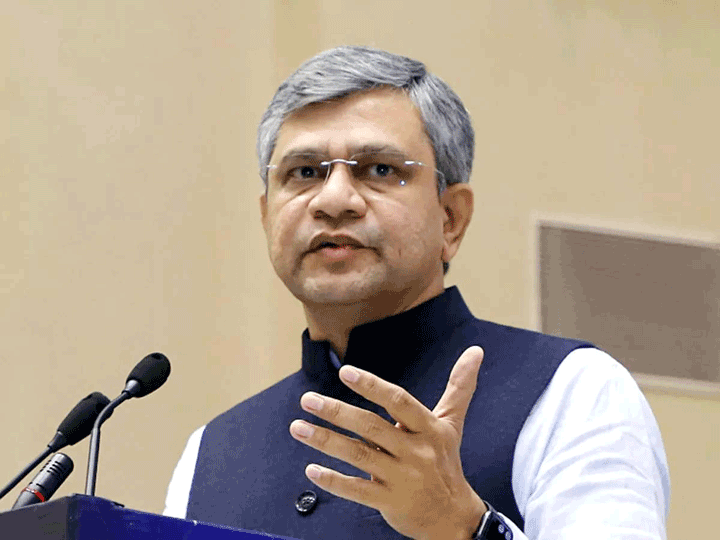Wireline broadband pricing likely to fall by 50% in India; segment to generate Rs 80,000 cr over five years
The Indian wireline broadband market is expected to move towards bundled plans, integrating wireline voice, home broadband, and television services. With bundling and higher competition, the pricing is expected to reduce significantly, by as much as 40-50%, according to ICRA.
High price elasticity and expanding demand for data means wireline broadband subscriber base can witness strong growth, similar to what was observed for wireless broadband, the agency said, adding that over the next five years, the home broadband and DTH market would see a greater role of the telecom operators with a higher subscriber base and revenue generation. But the key watch-outs for the industry would be the extent of competitive intensity, and the need for capex.
India’s wireline broadband subscriber base can increase to 100 million households over the next five years, and the revenue generation from these segments could expand to Rs 80,000 crore as against Rs 14,500 crore now from wireline voice, home broadband and DTH services, with the combined ARPU of Rs 875, ICRA said in a statement today.
Harsh Jagnani, Sector Head & Vice President – Corporate Ratings, ICRA, said that the wireline broadband penetration in India is much lower as compared to international standards and presents a significant opportunity for telcos.
In India, the wireline broadband coverage would largely expand through the Fibre to the Home (FTTH) networks which have the capability to deliver high speeds with stability in the network. “This will allow it to be the bedrock for content delivery to homes, thereby encompassing an umbrella of services including wireline voice, wireline broadband and television. Increasingly, the television industry is shifting towards content on demand and high-quality videos/content,” he said.
The Indian telecom industry has been witnessing turbulence over the last few years with intense competition leading to a significant decline in tariffs. The active subscriber base has largely remained stagnated, while the revenues have declined considerably, with no immediate respite in sight.
“In such a scenario, wireline broadband can be the next growth driver with the potential to subsume television/DTH services, also providing diversification from the mobile services revenues,” ICRA said.
The penetration of wireline broadband is low in the country as of now and the subscriber base has not seen any meaningful traction over the years. As on September 2018, the subscriber base was only 18 million, accounting for less than 7% of the total households, much lower than 44% in Brazil and 99% in France. In the television segment, while the total penetration is around 66% of the total households, of this, around 65% are provided over copper cable, on which the capability to provide high bandwidth services are limited and not fully developed.
Internationally, in order to monetise the wired broadband networks (copper or FTTH) better, players in many mature markets like USA, UK, Germany offer integrated services – television, wireline services, and home broadband through a single tariff plan, at a significant discount to the individual services. A similar trend is expected to play out in India as well.
“Even at a penetration level of 30% of the households, this could translate into subscriber base of 100 million by FY2024, generating revenues to the tune of Rs. 80,000 crore. Correspondingly the revenue contribution from these services is expected to increase from current 8% to around 30% on an expanded revenue base,” Jagnani said.
But the key watch-outs for the industry would be the extent of competitive intensity, and the need for capex. As in case of wireless where the pricing levels have become non-remunerative, a similar impact on the wireline broadband remains a risk. Also, as of now, the industry has fibre network of 17,20,000 route kms. Much deeper and wider penetration is required to be able to meet the envisaged FTTH demand, which will encumber the financials of the telcos.











